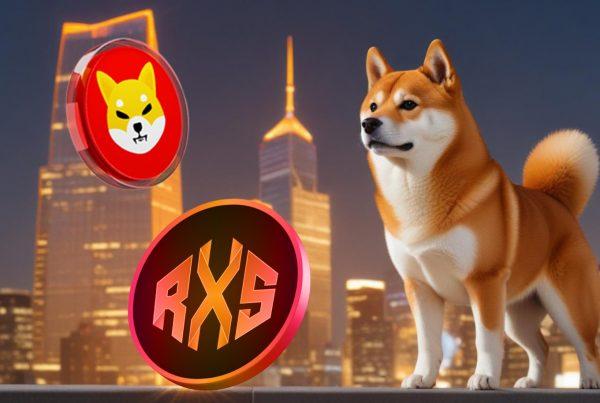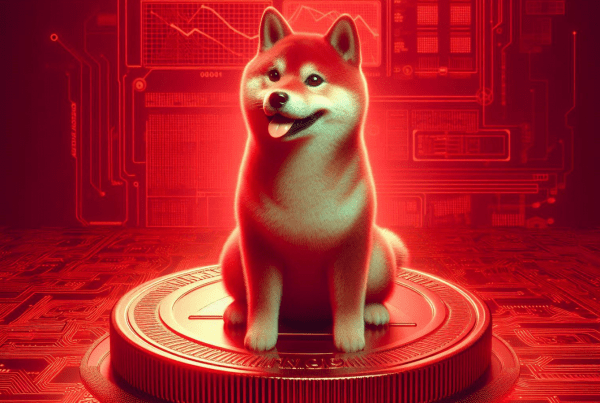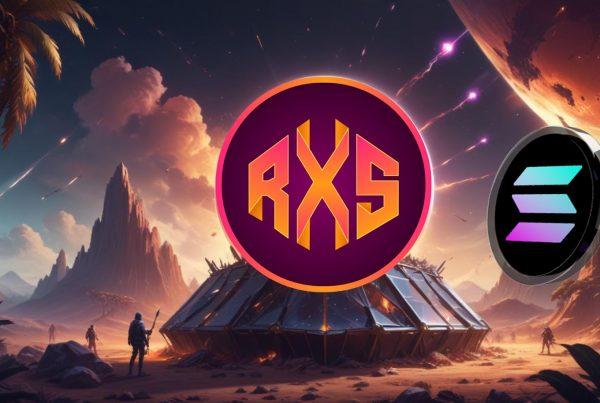
The endless slog of GPU purchases and RAM upgrades may, at last, be over. But more importantly, the gaming sector may finally be opening up for gamers that couldn’t have afforded that hardware anyway. Meta 1 (M1) Network is a Singaporean company that unlocks access to gaming content by distributing cloud rendering services over the blockchain. Gamers no longer need expensive hardware to enjoy games or even the latest AAA titles. M1 has already launched its global decentralized, real-time rendering cloud service and is breaking down the barriers restricting access to games and the wider metaverse.
GameFi is a rapidly growing sector, attracting more and more players each year. In particular, GameFi has popularized play-to-earn gaming models that allow gamers to gain income for the time spent in games and for the digital assets they may receive. Playing to earn money is a very attractive model, particularly for gamers in low socioeconomic regions. However, a lack of suitable solutions for fiat payment transfers meant that it was complex for developers to implement and the upside often wasn’t there. This problem has finally been solved with the onset of the cryptocurrency era and the recent rise of GameFi. Yet, despite the emergence of GameFi, there are still difficulties to overcome. Players face problems migrating tokens and digital assets between games, and often the players that would most benefit from play-to-earn in-game economies don’t have the hardware to access them. The M1 Platform has been built to address both of these important issues.
M1 has created a decentralized, real-time rendering network based on its Proof of Rendering model. The M1 Network is built on a framework of GPUs, similar to how the Bitcoin and Ethereum mining ecosystems operate. This is particularly relevant now as Ethereum (ETH), the world’s largest cryptocurrency is transitioning from Proof-of-Work to Proof-of-Stake. This means that much of the hardware previously mining ETH will no longer be needed and is expected to require a new home. With M1, this decentralized hardware network provides access to the metaverse via a network of rendering nodes. These nodes render and process a game, or metaverse, on behalf of the user, removing the player’s requirement to own expensive hardware. M1 enables you to instantly play any game, on any device, anywhere. All you need is a screen and an internet connection.
Real-time cloud rendering makes any type of content accessible on any device. The decentralized element unlocks drastically improved last-mile connection speeds and enables a free-to-play business model for gamers. Additionally, M1 is an open content ecosystem, making more content available to users as developers can upload their games without worrying about any red tape.
Why is Proof of Rendering important?
The M1 Network uses a Proof of Rendering mechanism to provide decentralized cloud rendering services for all users, regardless of their hardware. The resources of the decentralized network support users by rendering digital content, in real-time, on behalf of the user. As a result of these resources, users who connect to the network get the opportunity to immerse themselves in games regardless of their complexity or support for 720P, 1080P, and 4K resolutions. Gamers are no longer restricted by any hardware limitations.
There are over 3 billion gamers worldwide. Yet, roughly 2.7 billion of them are unable to access the games that many would consider mainstream titles. Games like Halo, League of Legends, and World of Warcraft are synonymous with “gaming” culture, yet inaccessible to the vast majority of gamers. Most often, AAA titles become unavailable due to the high cost of gaming computers and consoles necessary to run the game. In the gaming industry, this is often referred to as the “visualization bottleneck”. This is where the visualization (rendering) of the digital gaming content requires a minimum level of hardware – the bottleneck is a reflection of how much the user is willing to pay for the hardware to access the gaming experience and the number of users that can afford it. Developers are constantly having to find a balance between developing a high-quality game and creating an experience that is available to enough users to make a profit. These trends extend into the metaverse as well. While AAA game development on the blockchain is slow due to integration limitations, future metaverses and AAA titles will be similarly exclusionary if a solution is not found. Yet, everything can change if the visualization bottleneck is removed. M1 is building a truly decentralized real-time rendering network, this means that as the network expands, gamers in all locations will have lightning-fast access to content on the M1 Platform. There are currently 7 nodes located across Singapore, Bangkok, Tokyo, Seoul, Frankfurt, Virginia, and California, with an additional 14 coming online by August 2022. Already, the platform has a capacity for up to 3 million users and this number is set to skyrocket as new rendering nodes join the ecosystem. This global distribution will enable players in heavily populated, but low socioeconomic locations, like South-East Asia, Latin America, India, and Africa to participate for the first time.
M1 is an infrastructure platform that is paving the way for both gamers and developers to migrate from Web2 to Web3. Thanks to the revolutionary impact of decentralized hardware networks, M1 can provide gamers with an incredible user experience without the price tag. For developers, M1 can quickly and easily connect their games to the metaverse. Using M1’s rendering nodes their games are now accessible to a greater number of gamers, including those in South-East Asia, Latin America, India, and Africa. With M1, gamers all over the world have the opportunity to play any game, on any device, anywhere, without having to purchase expensive hardware or subscriptions. M1 is unlocking GameFi and metaverse accessibility worldwide, and it’s about time.



